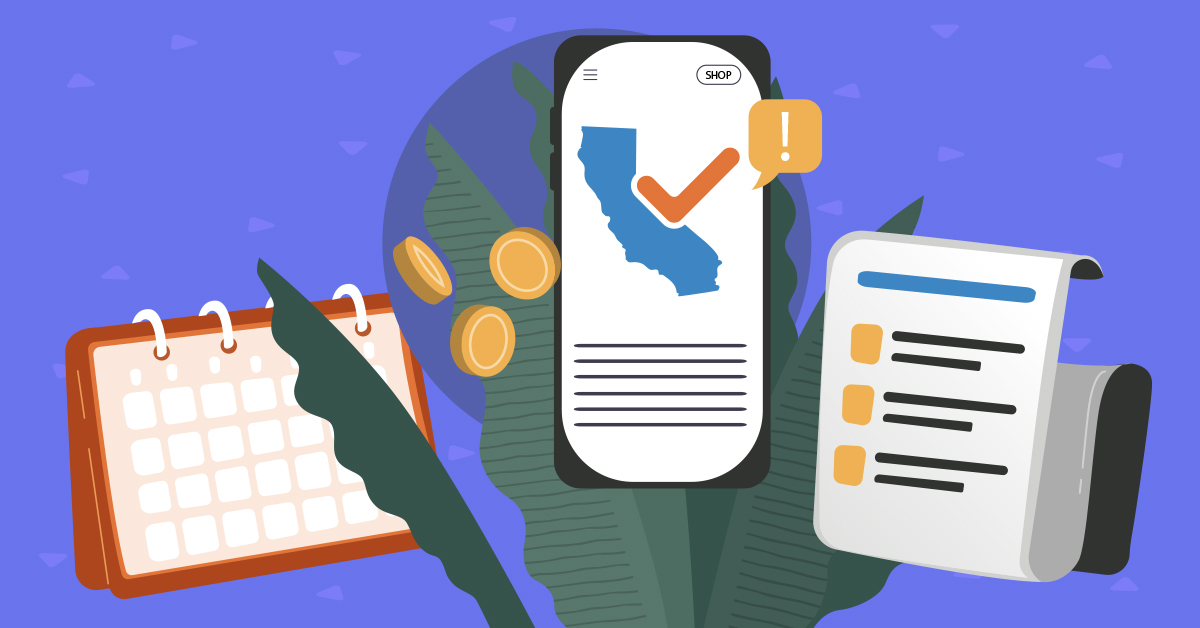When is Open Enrollment for Covered California?
May 13, 2021

Open Enrollment is the annual period you and your family can enroll in health insurance plans through Covered California. During this time you can purchase a health insurance plan, switch to a new plan, add family members, or apply for subsidies to help pay for health insurance.
When Is the Open Enrollment Period for Covered California 2021-2022?
The estimated dates for Open Enrollment for Covered California begins on November 1, 2021 and continues until January 31, 2022.
What if I want to apply and it’s not Open Enrollment?
The only other way to buy an insurance plan outside of open enrollment is to qualify for special enrollment. This time frame is called the Special Enrollment Period (SEP). This exception allows you to apply for health insurance if you’ve had certain qualifying life events, such as:
- Losing your job
- Moving to a new state
- Getting married or divorced
- Becoming a widow or widower
- Aging off your parent’s plan
- Having a new baby
Note that you won’t be eligible for special enrollment if you lost your previous health plan because you failed to pay your monthly premiums or if you voluntarily cancelled the coverage.
What are your options during open enrollment?
Depending on your current situation, you have the following options.
- Buy a plan through Covered California. You may want to buy a plan through the marketplace if you qualify for a tax credit to help offset your premiums. Qualifying usually depends on your income and household size. Your total household income must be between 128% and 400% of the federal poverty level, or FPL.
- Renew or change your current plan. During the open enrollment period, you can renew your existing plan. You won’t have to do anything if you want to keep what you have. But if your current plan is changing — for instance, your PCP is leaving the network, or your drugs aren’t in the list of covered medications — then you may want to switch to a plan that best suits your current needs. If you need to change policies, the open enrollment period is the best time.
- Enroll in Medi-Cal. If your income is below 128% of the Federal Poverty Level, you qualify for Medi-Cal, which is Medicaid for Californians.
Which health insurance options don’t use open enrollment?
- Medi-Cal: Medi-Cal doesn’t limit enrollment to the open enrollment period. If you’re eligible for Medi-Cal, you’re allowed to enroll anytime.
- CHIP: The Children’s Health Insurance Program doesn’t limit enrollment to a specific time.
How much is Covered California?
How much does it cost to buy insurance through Covered California?
The cost of health insurance varies. The best way to get a quick estimate of the price you would pay is to use our Shop Plans Tool. The price is based on your estimated income for the coverage year, your ZIP code, your household size and your age.
If you are a low- or moderate-income Californian, you may get help buying insurance from Covered California through monthly subsidies that lower your premium costs so that you pay less for top-quality, brand-name insurance. The majority of our customers get financial help. Learn more about who qualifies for a subsidy.
Health Insurance Through Covered California Is More Affordable Than Ever
Thanks to the American Rescue Plan, Californians will get more help paying for their plan from the federal government, and even more Californians qualify for the new savings.
Before the American Rescue Plan, California helped people who made too much money qualify for the premium tax credit with a state subsidy. But the American Rescue Plan expanded who can get this help, covering everyone who has been receiving the California state subsidy.
What this means for you: You can get even more financial help now, and if you didn’t qualify for financial help before, you may qualify now.
Ninety percent of people who have enrolled with Covered California get financial help, and you could be one of them. You could even qualify for low-cost or free health coverage through Medi-Cal. Even if you’ve checked before, check again, because more than a million people could see more savings.
Source:
Covered California
Want to get started with Covered Califonia ?
Never miss a deadline
Sign up for email updates to get deadline reminders and other important information.